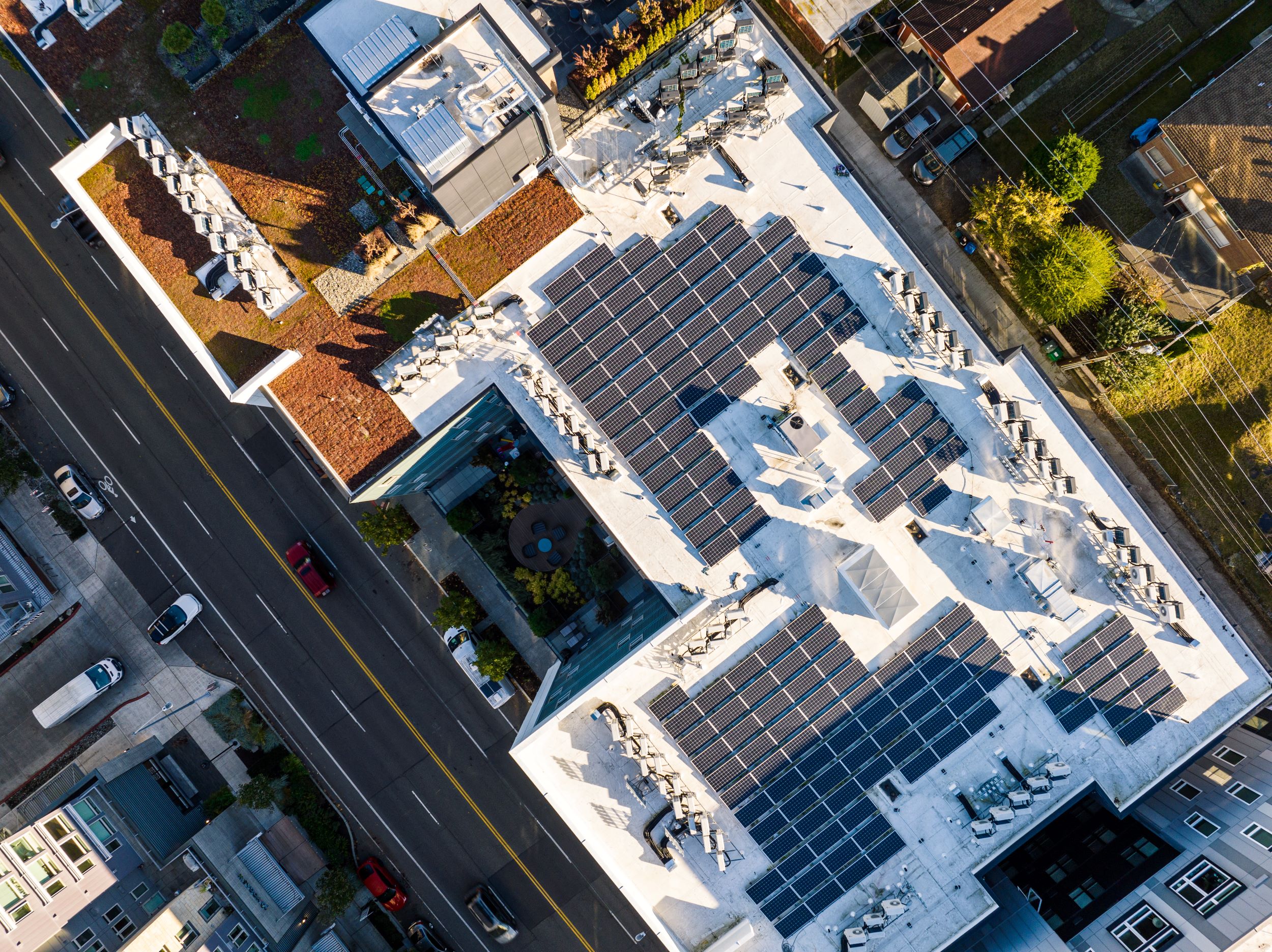Buildings in the U.S. consume nearly half of all energy and three-quarters of the nation’s electricity, primarily for heating, cooling and lighting. That means improving buildings’ energy efficiency is a powerful way to reduce fossil fuel use and combat climate change.
What is PACE? According to PACENation, the national nonprofit association that advocates for PACE financing, Property Assessed Clean Energy (PACE) is a financing tool transforming communities by enabling property owners to make their homes and businesses more efficient and resilient. PACE can be used to fund energy-efficiency improvements such as heating, ventilation, and air conditioning (HVAC), lighting, and window upgrades, improved controls and motion detectors, and solar energy systems in both residential and commercial buildings. PACE is enabled by state legislation and at the local level by cities and counties. To date, 38 states and Washington, D.C. have adopted commercial PACE enabling legislation, and 30 states and D.C. have active programs.1
What impact has PACE had to date? Since its launch in 2008, PACE programs have created more than $37 billion in economic impact and seen more than 383,000 projects completed across the U.S.2 For Amalgamated Bank, it’s an important component of our overall impact lending strategy and aligned with our mission. Amalgamated Bank has been a longtime capital provider for PACE loans, with about $1.2 billion in PACE investments on its balance sheet.
What’s C-PACE? Commercial PACE (C-PACE), the commercial side of the PACE program, offers long-term fixed-rate financing for new construction, rehab projects, and retrofits of commercial buildings. C-PACE is a cost-effective financing tool for supporting investments in energy efficiency, electrification, and renewable energy upgrades that reduce energy consumption and boost a building’s resiliency. It bolsters public policy around energy decarbonization and emissions utilizing private capital.
How does C-PACE enable more energy-efficiency improvements to be financed? Unlike typical construction loans, which require the building owner to provide 20% to 30% equity, PACE covers 100% of the cost for eligible improvements, decreasing the need for equity or construction financing. This lowers the overall cost and enables building owners to make energy efficiency enhancements that they may not otherwise be able to finance.
Does C-PACE affect building mortgages? C-PACE enables energy-efficiency financing without disturbing existing first mortgages. For example, the owner of a skyscraper in New York with a first mortgage worth hundreds of millions of dollars could use C-PACE to finance a $10 million energy-efficiency renovation without refinancing or disturbing the first mortgage. That means less cost and a much less onerous approval process.
-----------
Ready to explore how C-PACE financing can benefit your commercial project?
Connect with our experienced C-PACE team to discuss your financing needs.
Sources:
1 “What is PACE?”, PACENation, August 31, 2023, https://www.pacenation.org/wp-content/uploads/2023/10/PACENation-What-is-PACE-Factsheet.pdf
2 PACENation, September 25, 2025, https://www.pacenation.org

 Mobile Image
Mobile Image
 Mobile Image
Mobile Image
 Mobile Image
Mobile Image

